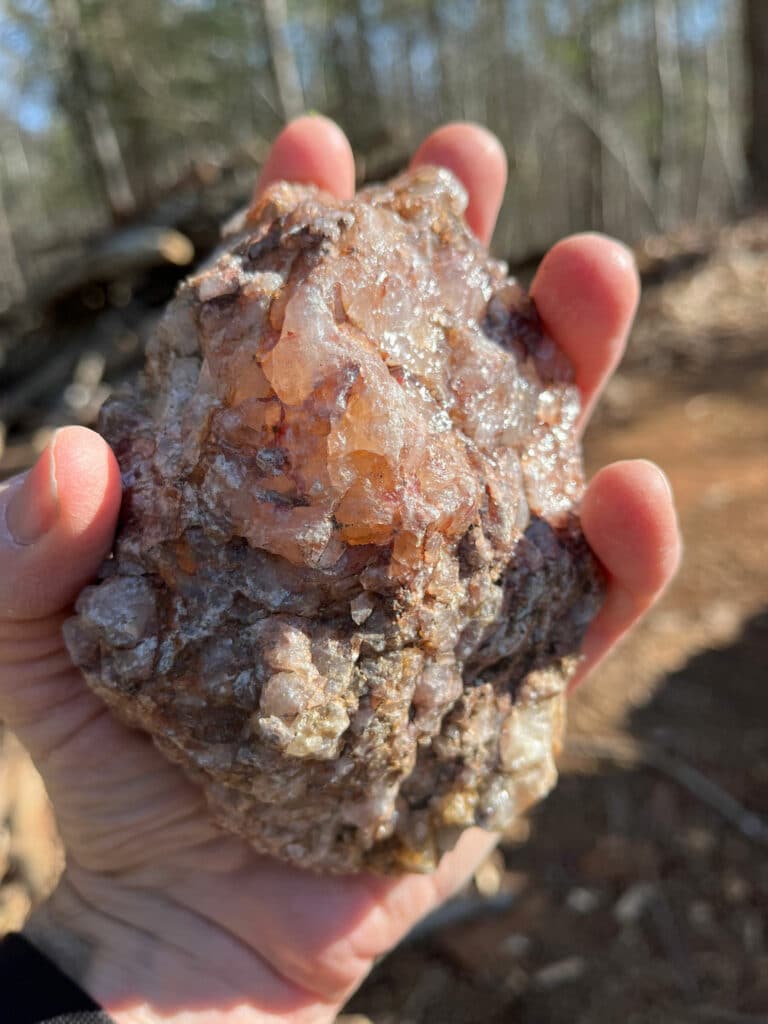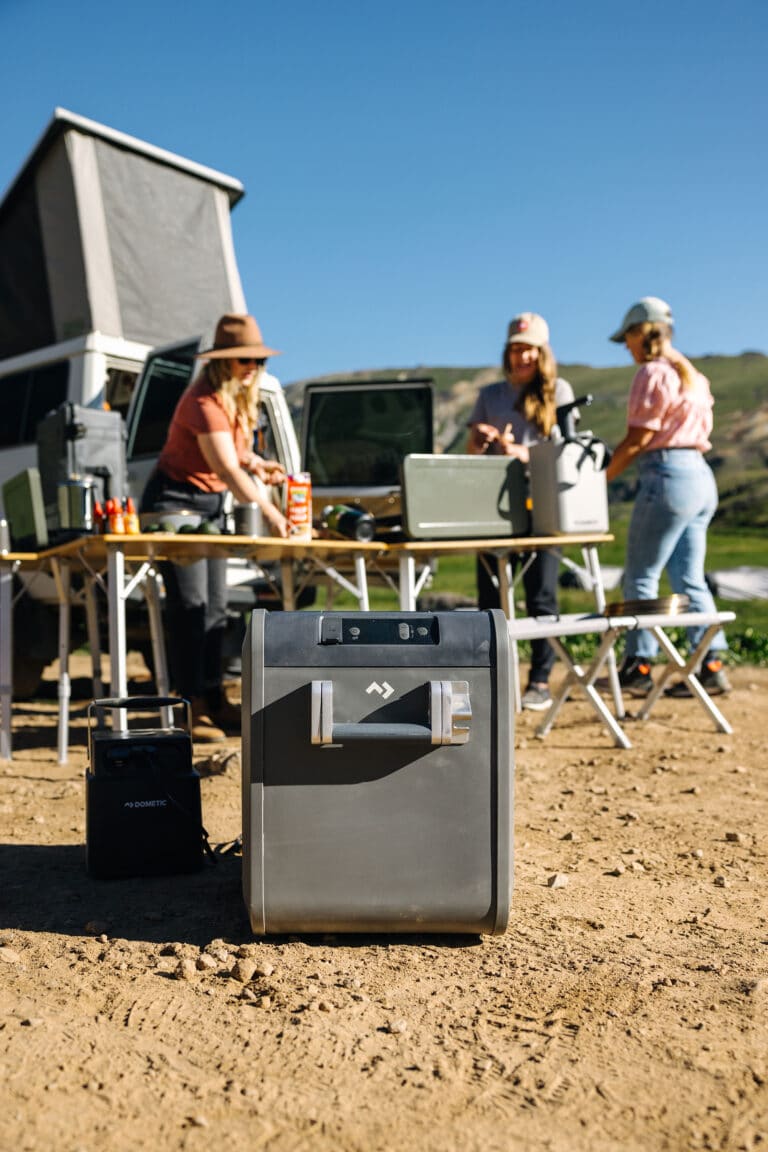At the end of the year Katie Spotz will attempt a feat only 45 others have been able to achieve—rowing solo across the Atlantic Ocean. Spotz, 20, is a senior at North Carolina’s Warren Wilson College. Shortly after graduation in December, instead of venturing into the workforce, she’ll brave the vulnerability of the open water in a journey that will take her from Senegal, Africa to French Guiana, South America in a 24-foot rowboat. She’s attempting to become the youngest person to cross the ocean and the first American to complete the 3,000-mile route.
While the expedition seems daunting, Spotz has already proven she’s up for an adventure. In 2006 she biked across America to benefit the American Lung Association in memory of her grandmother. She’s also run a 100K trail race in Australia and completed several marathons. With a spirit for endurance and a heart for charity, it seems there is little to stand in her way. The row across the Atlantic will be used to raise money for the Blue Planet Run Foundation, a charity that works throughout the world to help communities gain access to clean drinking water.
——————–
BRO: What has inspired you to attempt this feat?
KS: When I learned that it was possible, I started emailing a bunch of ocean rowers. One of them was Colin Angus, the first person to circumnavigate the planet by human power. He mentioned that he was selling the boat he used at a very good price, so I jumped on it.
I love endurance challenges. It’s where my passion is. There aren’t many places in the world where you can be so far from everything. That’s something that is drawing me to the ocean.
BRO: How long will this journey take?
KS: Between 70-100 days. This is the route the fastest person to row the Atlantic took. The fastest completion was 36 days, so I’m giving myself a generous amount of time. I’ll be rowing 10 hours a day, and in between, I’ll be cleaning the boat and plotting my progress on pilot charts, as well as resting up and eating. Other rowers have told me that 30 percent of this is rowing, and the rest is following prevailing winds and currents.
BRO: How do you condition for something like this?
KS: I’ll be doing physical, mental, and ocean training. I exercise about two hours a day and do a long row on the weekends. For mental preparation I practice meditation. I recently took a 10-day course where I was meditating 12 hours a day without even making eye contact with another person. It made me more familiar with not having communication as part of daily life. I’ll also be taking courses in first aid at sea and offshore and sea survival.
BRO: Is your family nervous about you heading into the ocean alone?
KS: By now they’re getting used to it. At one point they bluntly said, “We don’t want you doing that.” Sometimes my mom still doesn’t want to hear about it. But overall they understand this is something I’m going to do, so now they’re being really helpful.
BRO: Do you have any fears about the sea or being alone for so long?
KS: I like being alone. There are people who meditate for months at a time. We’re capable of doing that as humans, but in a way this won’t even be close, because I’ll have music, a satellite phone, and a laptop.
BRO: Why did you choose to help the Blue Planet Run Foundation with this trip?
KS: When I was living in Australia, I became aware of water issues, because there was a drought in Melbourne. There were strict regulations on when and where you could use water. It opened my eyes. It doesn’t matter if it’s a first or third world country. It’s mind-boggling to realize that something so basic is something that we’re struggling with as a global community. Just $30 can provide one person with clean drinking water for life, so anybody who donates that much can have their picture on the side of my boat and come along with me.
——————–
For over three months Katie Spotz will be living in Ondine, a 24-foot ocean rowboat. As Spotz attempts to row 3,000 miles across the Atlantic Ocean, she’ll be confined to the 750-pound boat that is outfitted with a GPS for navigation and an active radar reflector that will make the boat seem bigger and alert Spotz of oncoming freighters. On board she will also have a satellite phone, VHF radio, and a life raft for safety. In case of an emergency, she’ll have beacons that send a signal to the Coast Guard. All of the electronics in Ondine are powered by solar panels on the stern cabin. A desalinator will convert salt water into fresh water. Food will be stored in one of the boat’s two cabins. She’ll bring enough freeze-dried grub to supply her 5,000 calories a day for 100 days. Spotz will sleep in the other sheltered cabin that measures six feet long by three feet wide. The boat was previously owned by well-known adventurers Colin and Julie Angus, who used the boat during the first circumnavigation of the world by human power. On the epic journey, the boat endured several bouts with tumultuous weather. “This boat has made it through several hurricanes,” says Spotz “I’m confident it will safely get me across the Atlantic.”







